How to Choose the Right Combustible Gas Detector?
In modern society, combustible gas leaks can pose serious safety hazards in both industrial and commercial settings, ranging from causing fires and explosions to endangering human life and health. Therefore, selecting an appropriate combustible gas detector is of utmost importance. Below, Eranntex will provide consumers with a practical selection guide from multiple key aspects.
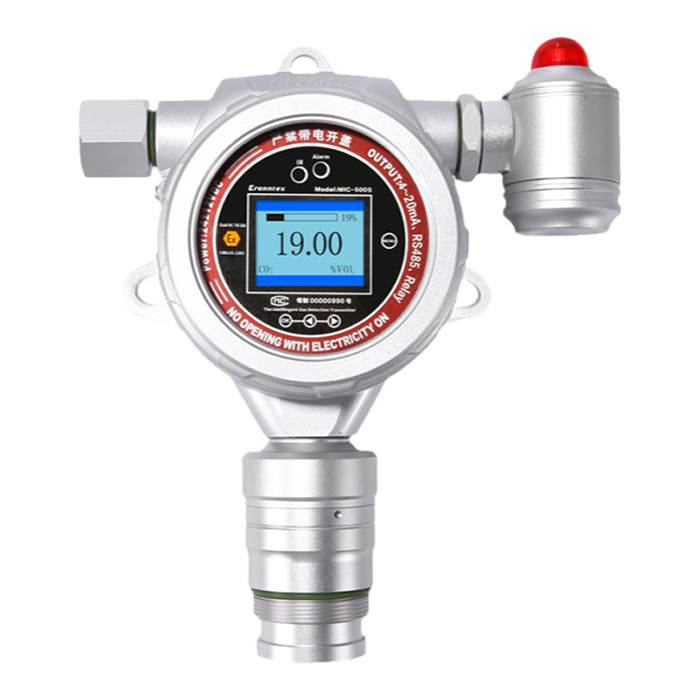
Clarify Detection Requirements
First, it is essential to clearly identify the type of combustible gas that needs to be detected. Common flammable gases in the United States include natural gas (primarily composed of methane), propane (commonly used in outdoor grilling equipment and RV heating systems), and liquefied petroleum gas (LPG), among others. Different gases have distinct characteristics and explosion limits, so the detector's sensors must be calibrated specifically for the target gas. For example, if natural gas is used for heating in a home, a detector specifically designed to detect methane should be selected; if you use a propane grill, a propane detector is the appropriate choice.
Consider the installation location
The installation location directly affects the detector's effectiveness. For residential users, the kitchen is a high-risk area for natural gas leaks, so the detector should be installed on the ceiling at a certain distance from gas stoves and other equipment, as combustible gases are typically lighter than air and tend to rise. If the detector is installed in a basement or a room with a gas water heater, it should be placed near the potential leak source. In industrial settings, the situation is more complex, requiring detectors to be installed at multiple critical locations based on production processes and gas distribution characteristics to form a comprehensive monitoring network. For example, in chemical plants, detectors should be installed in areas prone to leaks, such as storage tank zones and pipeline connections.
Pay attention to detector performance metrics
Sensitivity is one of the key performance indicators for detectors. High-sensitivity detectors can issue alarms at lower gas concentrations, giving users more time to respond. For example, some high-quality detectors can issue warnings when flammable gas concentrations reach 10%–20% of the lower explosive limit (LEL). Response time is also critical, referring to the time interval from gas leakage to the detector issuing an alarm. A shorter response time means faster detection of hazards and reduced likelihood of accidents. Additionally, stability is equally critical; a stable detector maintains accurate detection performance over extended use, minimizing false alarms and missed detections.
View Certifications and Standards
In the U.S. market, selecting combustible gas detectors certified by authoritative institutions is crucial. For example, certification by Underwriters Laboratories (UL) is a key assurance of product quality and safety. UL-certified detectors have undergone rigorous testing and evaluation, meeting relevant safety standards and performance requirements. Additionally, it is important to ensure that the detector complies with standards and regulations set by organizations such as the U.S. Occupational Safety and Health Administration (OSHA) and the National Fire Protection Association (NFPA). These standards and regulations provide detailed specifications for the design, installation, use, and maintenance of detectors, ensuring they function effectively in practical applications.
Consider Brand and After-Sales Service
Choosing a well-known brand of combustible gas detector typically offers greater assurance. These brands have a good reputation and extensive experience in the market, with product quality and performance validated over the long term. Moreover, well-known brands often provide more comprehensive after-sales service, including product installation guidance, regular maintenance and servicing, fault repair, and software updates. During use, if the detector encounters issues, users can promptly receive professional technical support and solutions to ensure the detector remains in optimal operational condition.
In summary, selecting the appropriate combustible gas detector requires considering multiple factors comprehensively. By clarifying requirements, ensuring proper installation, focusing on performance, verifying certifications, and choosing reliable brands, American consumers can create a safer environment for themselves, their families, and their employees.
Related information
-

Combustible Gas Detectors: Your First Line of Defense
In today\'s society, whether in cosy domestic settings, bustling industrial environments, or challenging outdoor work zones, combu...
2025-10-31 -

How to Test Your Oxygen Detectors Effectively?
In today\'s society, where safety and health are paramount, oxygen detectors serve as vital equipment safeguarding us from the d...
2025-10-29 -

Oxygen Detectors: Your Key to a Safer Environment
In the global pursuit of safety and healthy living, oxygen detectors are increasingly becoming indispensable equipment for safeg...
2025-10-27 -
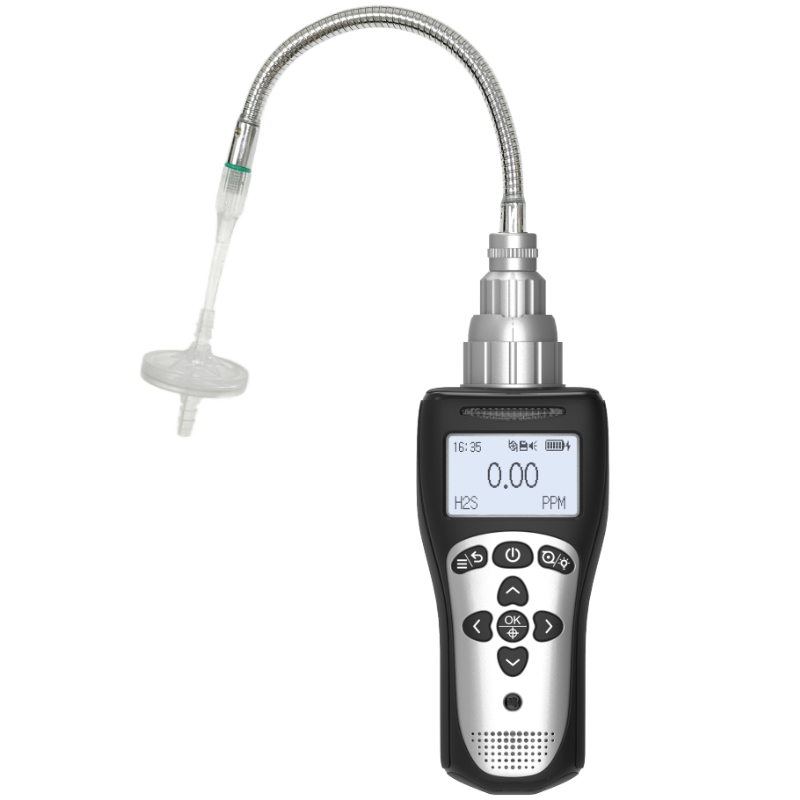
6 Types of Oxygen Detectors You Should Know About
In countless industrial, commercial, and research settings, oxygen serves as both the source of life and a potential hazard. Insuf...
2025-10-24 -

How Often Should You Replace Your Oxygen Detectors?
In today\'s society, oxygen detectors play a vital role across industrial production, underground operations, and specific domesti...
2025-10-22

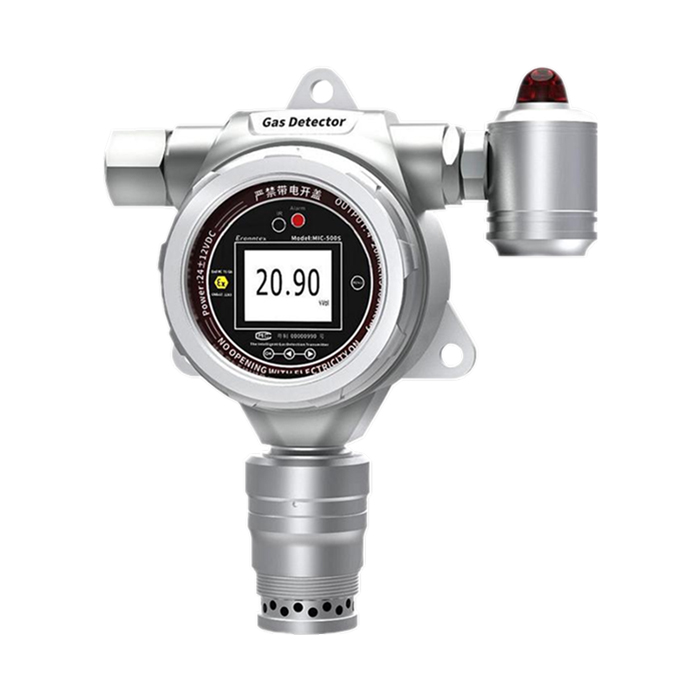
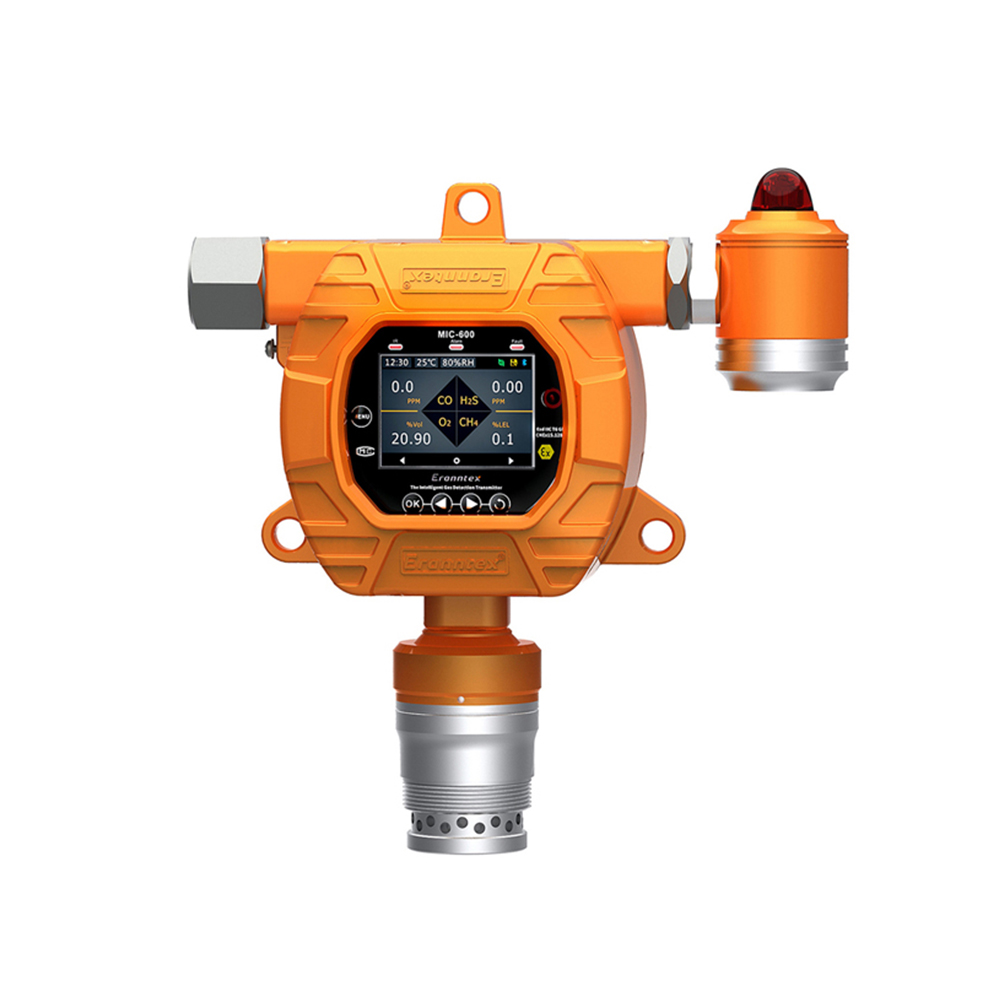
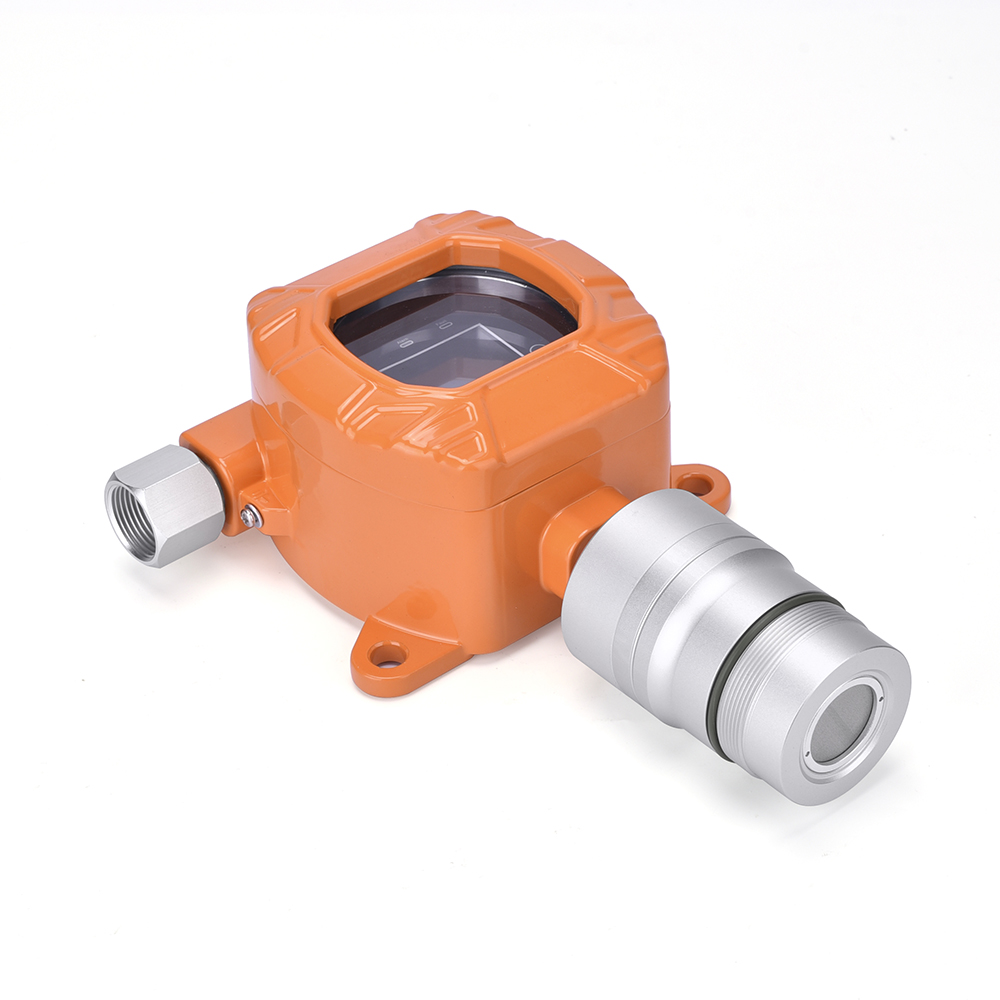
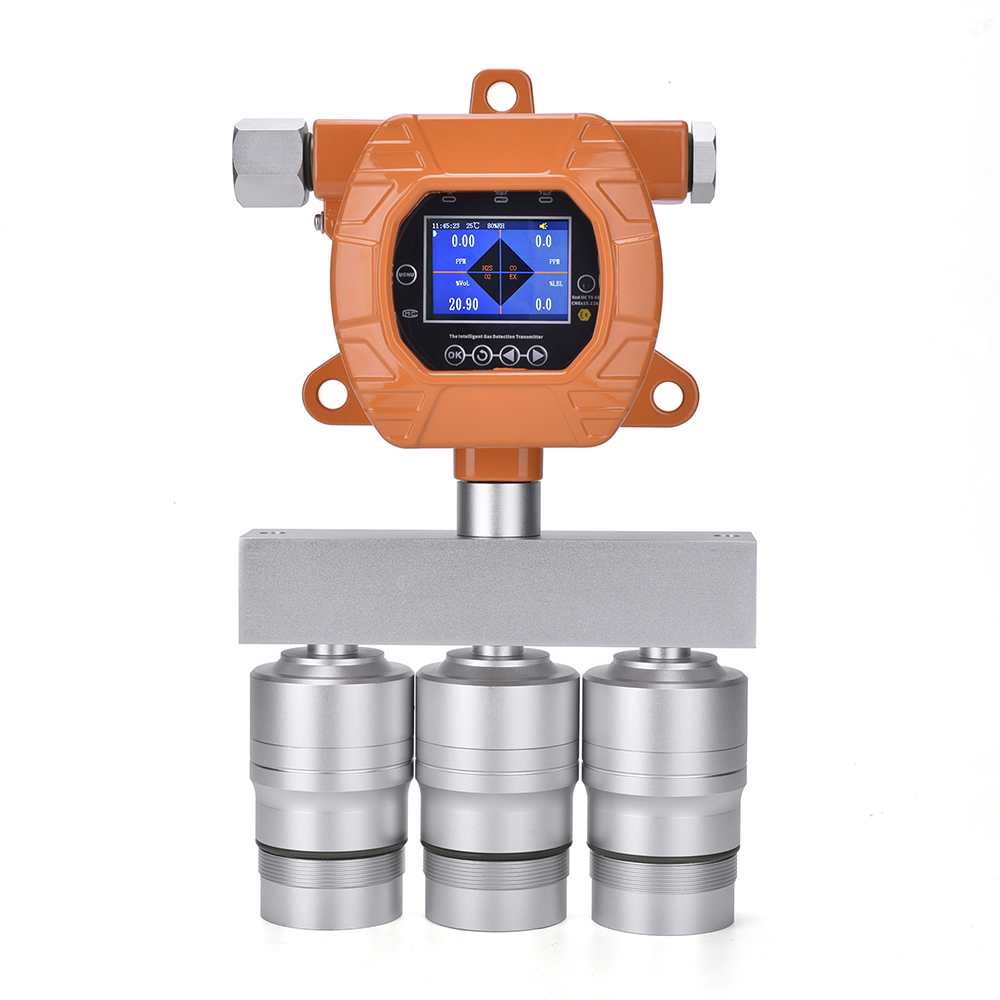

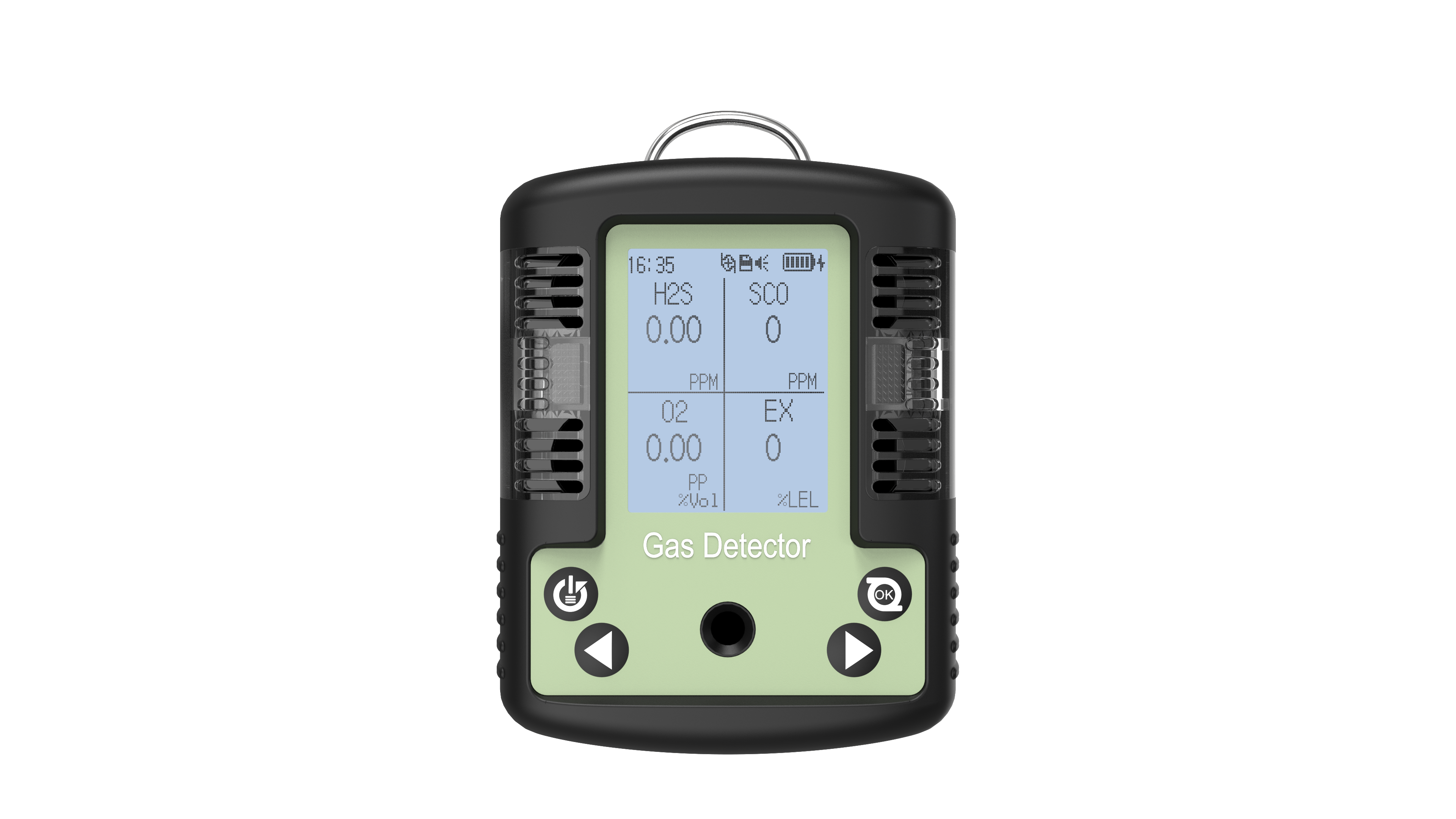

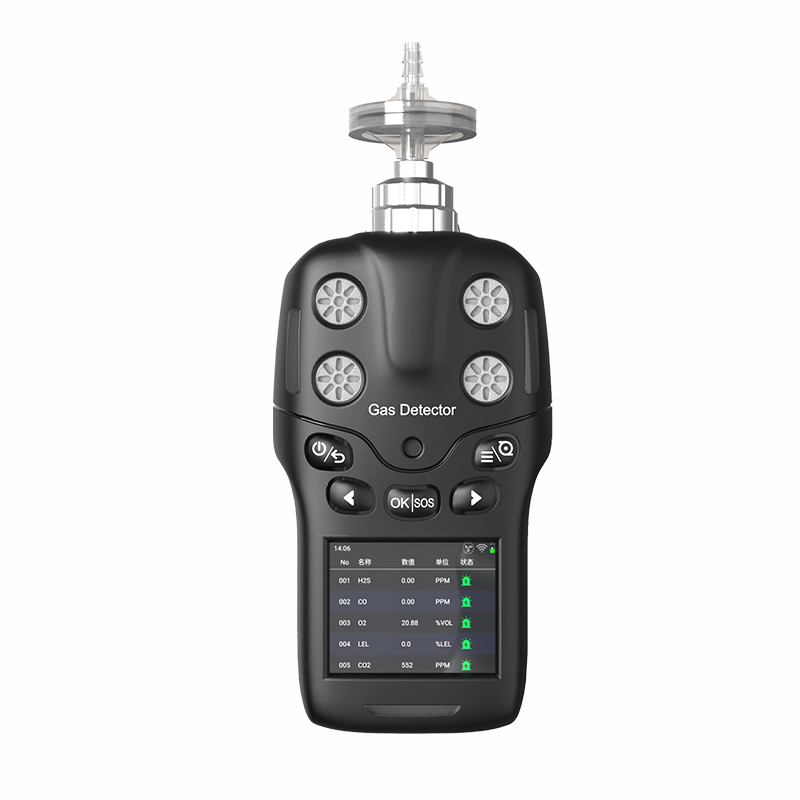

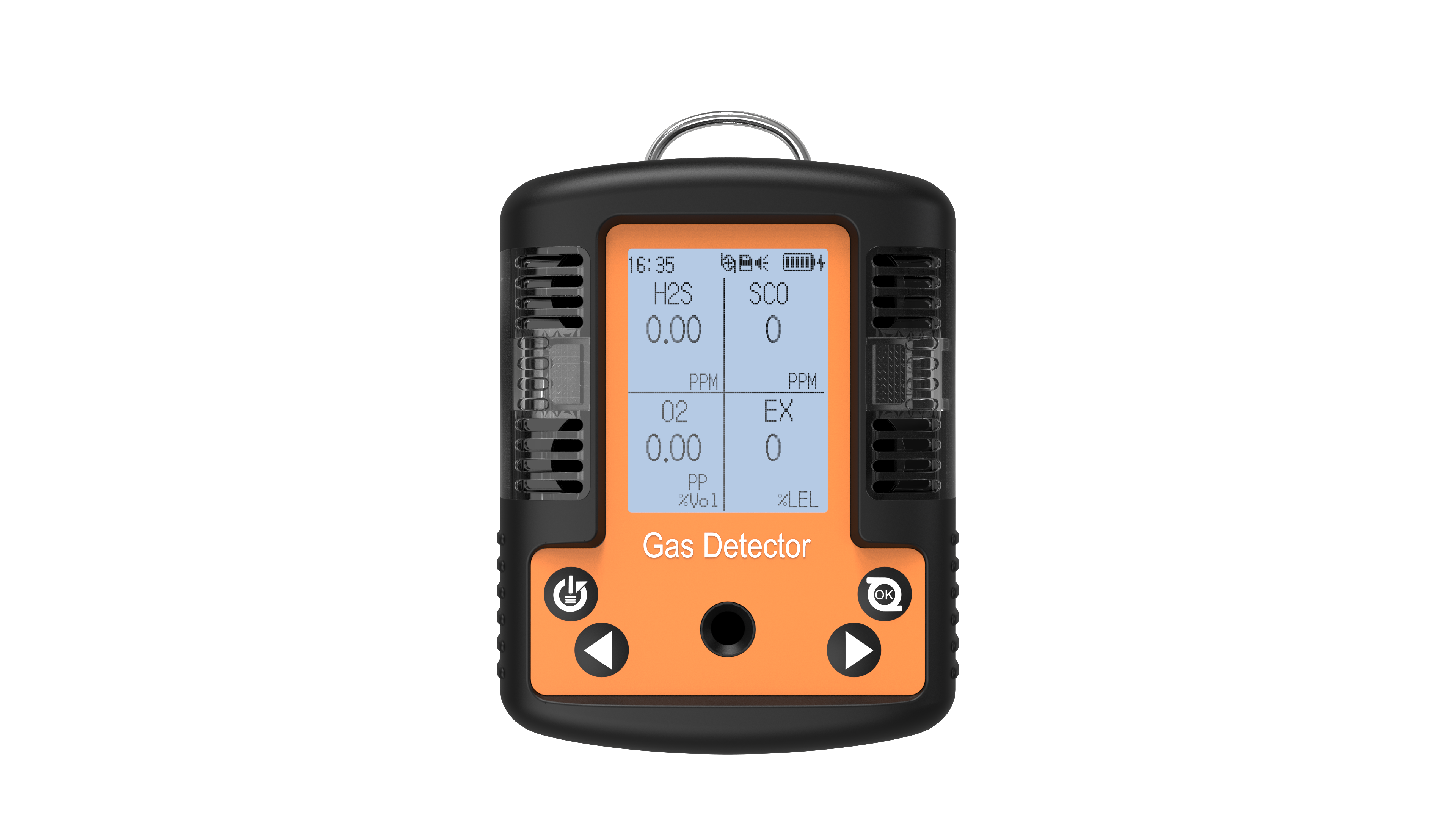
 info@eranntexgas.com
info@eranntexgas.com


 13480931872
13480931872